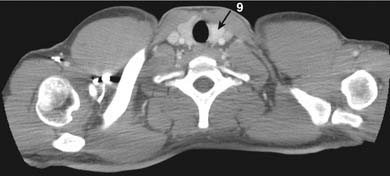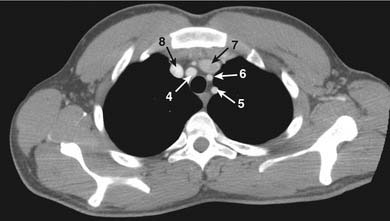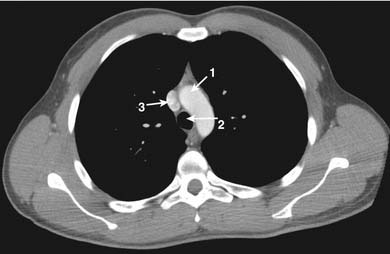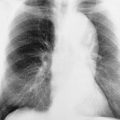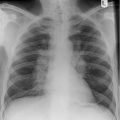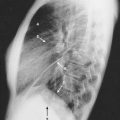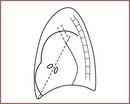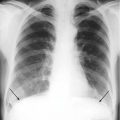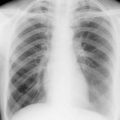CHAPTER 3 The CT scan
Although the plain chest X-ray is one of the most useful imaging techniques, it is limited by the fact that it is a two-dimensional image and small or subtle abnormalities can be overlooked. In other circumstances the chest X-ray will identify an abnormality but will give limited information as to its extent or detailed appearance. Remember also that, although particularly useful for detecting lung abnormalities, the chest X-ray is a very poor way of imaging the mediastinum.
Types of CT scan
High-resolution CT scanning (HRCT)
Intravenous contrast would not be used with HRCT, since contrast would need to be given before each individual image was taken – something that is clearly impossible.
Interpreting the images
Interpretation of the CT scan requires significant expertise and should only be done by a radiologist. As well as having the experience to interpret the image slices, radiologists have access to software that will allow them to display the images in other forms, for example in the sagittal and coronal planes as well as cross-sectional and three-dimensional images. The CT scans we have included in this book have been chosen because they illustrate situations in which, working on the wards, emergency department or outpatients, you are likely to order scans and a basic knowledge of how they are interpreted will be of use. The next section will give you a basic knowledge of the anatomy of the scan that should help you visualize abnormalities reported on by the radiologist.
